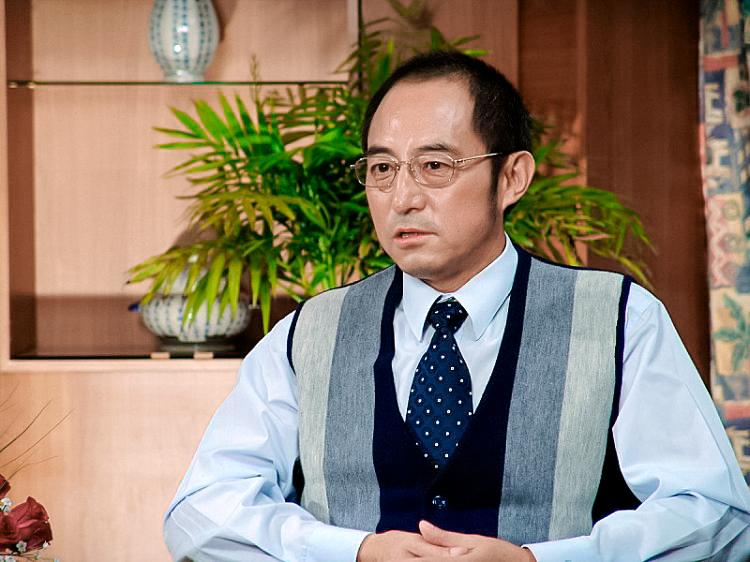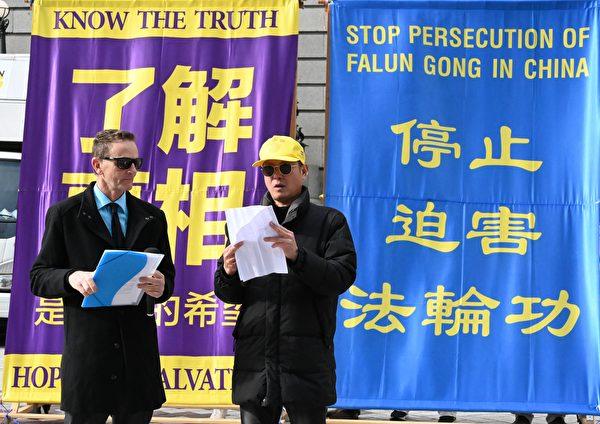Amid heightened U.S. technological controls over China’s chip and AI industries, the Chinese Communist Party (CCP) has launched its largest semiconductor investment fund to date. However, experts predict that this effort, much like the historical Great Leap Forward, will likely end in failure.
On May 28, state media CCTV reported that Beijing will inject 344 billion yuan ($47.45 billion) into the National Integrated Circuit Industry Investment Fund’s third phase (the Big Fund III), with six state-owned banks participating for the first time. This phase aims to enhance social capital investment in the entire IC industrial chain through multi-channel financing support.
Lai Jung-wei, Executive Director of the Taiwan Inspiration Association (TIA), likened the Chinese IC industry’s development to the primitive steelmaking of Mao’s Great Leap Forward in 1958. That campaign aimed to surpass Great Britain and the U.S. in steel production but resulted in widespread fraud, failure, and the Great Chinese Famine.
Mr. Lai believes that Beijing’s chip initiative is not about economic development but political stability. “The national development of this industry ultimately aims to stabilize the regime. It’s for military power and the CCP’s ruling stability,” Mr. Lai told the Chinese language edition of The Epoch Times.
A Global Industry
Mr. Lai highlighted the global nature of the chip industry, which has evolved over three decades. Countries collaborate and share responsibilities, leveraging their respective advantages. “The CCP cannot overtake others in a short period to establish a complete and self-reliant supply chain,” he believes.“The CCP cannot overtake others in a short period of time to establish a complete and self-reliant supply chain, from upstream to downstream; it is impossible, it cannot happen,” according to Mr. Lai.
Flaws of Authoritarian Leadership
Mr. Lai believes that communist leadership is a major obstacle to the success of the third phase. “China’s economic layout has always been planned and command-oriented,” he said. The initiative is driven by political loyalists without relevant expertise, who prioritize political goals over market-oriented strategies.He said, “The key players are political loyalists, particularly to Xi Jinping; they have no relevant vision, and the experts must obey these decision-makers.”
He said it’s a flaw of the party-state system. “You can’t expect a system like this to be productive and innovative,” said Mr. Lai.
Plagued by Corruption
The capital scale of the third phase of the Big Fund is nearly as large as the combined first two phases. Mr. Lai warned of the temptation of corruption for officials to lead the fund allocation. “Every political figure within the party-state is corrupt,” he claims.According to China Economic Weekly, in early October 2020, there were over 50,000 chip-related companies in China. However, many of these companies failed, with more than 22,000 disappearing since 2019 and a record 10,900 losing registration in 2023 alone. That’s an average of 30 Chinese chip-related companies shut down each day in 2023, according to a 2023 report by Chinese media, TMTPost.
American economist Davy J. Wong believes that during the first two phases, most funds were misused by companies built on hype and deception. “Under CCP rule, it is very difficult to succeed in genuine R&D. Often, money comes easier and faster with scamming than the pace of actual R&D achievement,” he said.
Mr. Wong is skeptical that the third phase can avoid similar problems. “Changing the regulatory system, whether it’s the government’s role or the implementation and use of funds, is highly unlikely,” he said. “The bureaucratic promotion system is tied to personnel mechanisms and the economic management system,” leading him to expect that the third phase will continue to be a failure like the previous two.






